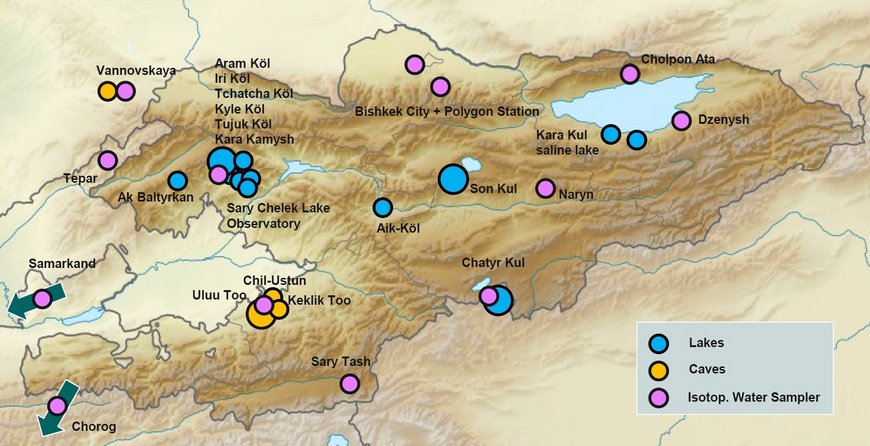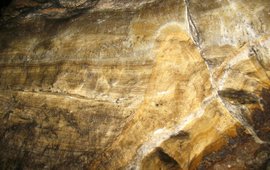The investigations are currently focused on the Kyrgyz Republic and are supported by the Central Asian Institute for Applied Geosciences (CAIAG) in Bishkek. In addition to Kyrgyzstan, other countries in the region such as Kazakhstan, Uzbekistan and Tajikistan are increasingly included in the studies. Aside CAIAG, there are already cooperative relationships with the Kyrgyz-Russian Slavic University Bishkek, the Mountain Societies Research Institute of the University of Central Asia and the Institute of Water Problems and Hydro-Power of the Kyrgyz National Academy of Sciences. Several partners from Germany (FU Berlin, TU Braunschweig, Friedrich-Schiller-University Jena) were and are involved in various projects (e.g. BMBF-CADY, BMBF-CAHOL, BMBF-PALESCA - see completed projects).







